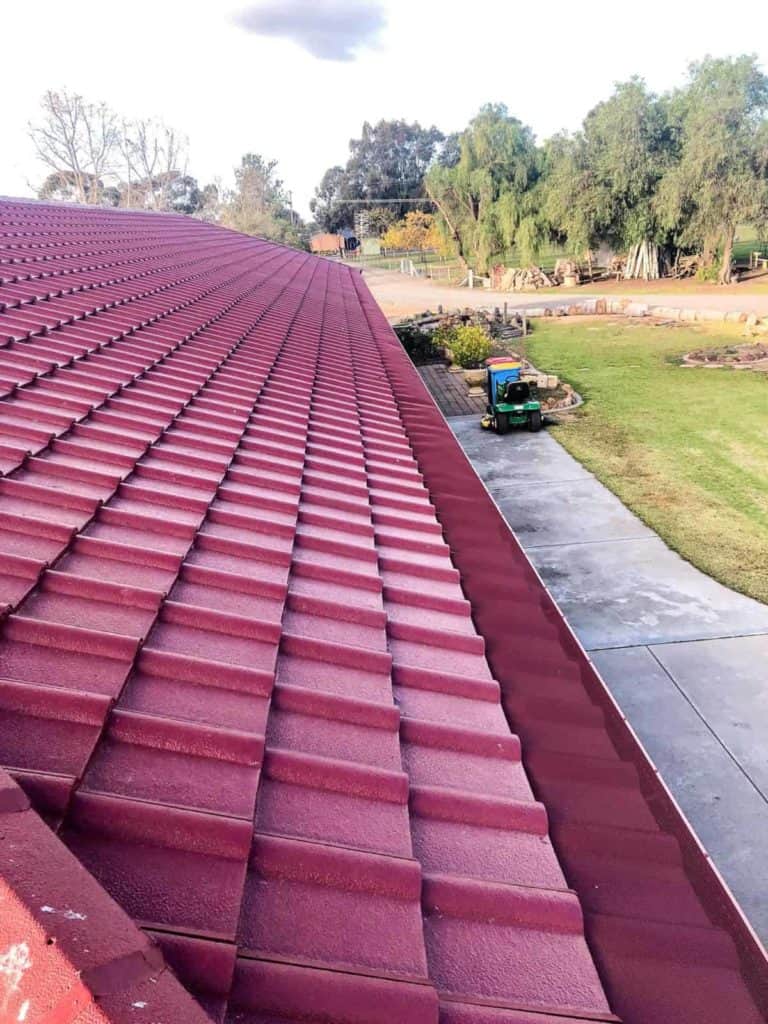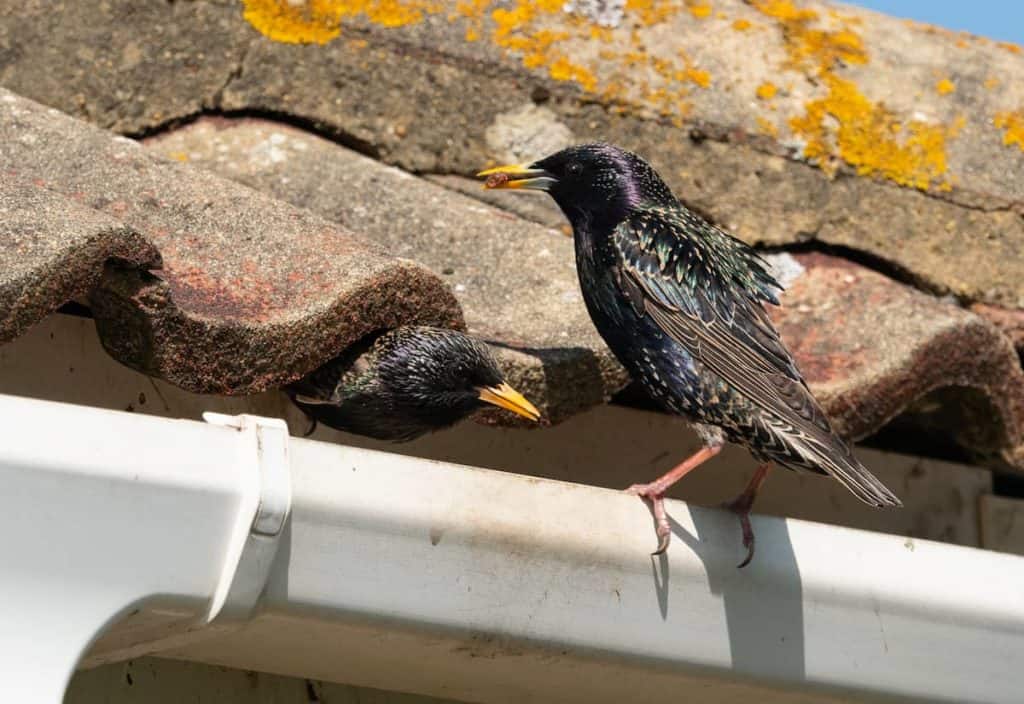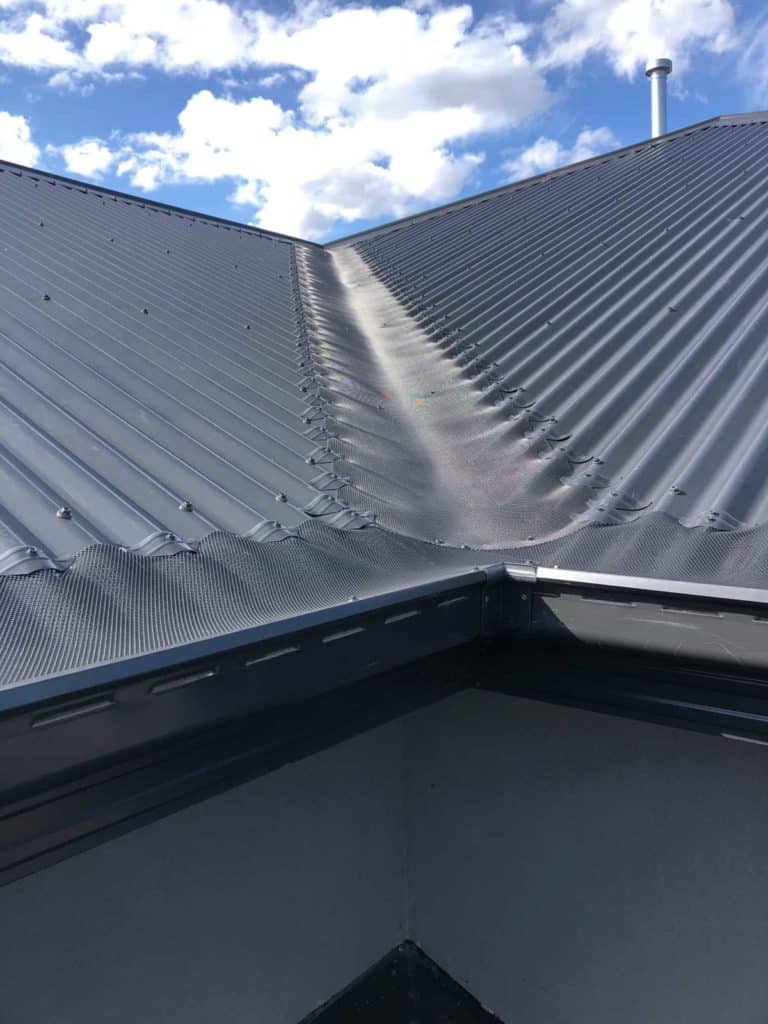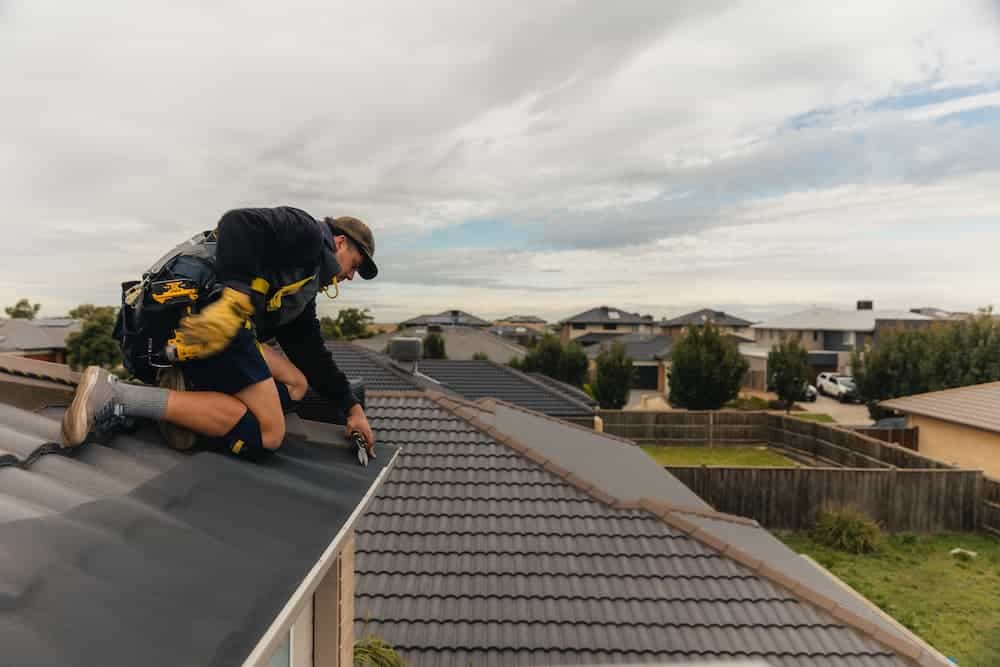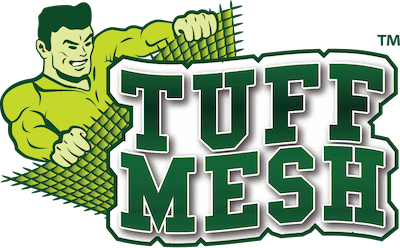Put a Stop to Birds Nesting in your Roof
Your attic or roof cavity can often become an overflow space, where you throw everything and anything you don’t want lying around your home. This often results in the attic becoming a bit of a shambles, however, when bird nesting season starts, your roof could be in for a whole new level of uncleanliness.
Many types of birds can nest in roof spaces; however, the most common species are Pigeons, Sparrows, Common Starlings and Common Mynas. These birds can cause serious damage to your home from scratching and nesting, and can also spread diseases in your home.
Pigeons
Pigeons are a nuisance both outside and inside your home. Pigeons love to perch, and are responsible for much of the bird droppings you see on and around buildings, parks, on cars, and around your roof. Many buildings now have bird spikes specifically installed to prevent pigeons from perching.
Pigeons are easy to spot – they have a dark grey head, come in several shades of grey, and are about 30 centimetres long. They have a round and solid body, with smaller, shorter legs. Pigeons use a range of materials to build their nests – sticks, leaves and other such debris. Pigeons love a flat surface to build their nests on, and roof cavities and gutters are the perfect spot for a secure nest.
Sparrows
While Sparrows can be quite cute, they too are quite a nuisance and are often found nesting in gutters and roof cavities. Despite their small size, they can be quite aggressive, and the sheer number of sparrows can cause extensive damage to buildings and homes – especially as they can fit into much smaller holes than other birds. Sparrows prefer to build their nests in established dwellings such as buildings and houses, using straw, grass, feathers, sticks and leaves.
Common Starling
Infamous for being one of the world’s most invasive species, the Common Starling has significantly impacted Australia’s native bird population. With highly aggressive behaviour, Starling’s will take over existing nests of other birds, forcing them out. They have no preference for rural or urban areas, and will comfortably make or take over a nest in either environment. Starlings are metallic green in colour, with black and purple feathers stretching approximately 20cm in length.
Common Mynas
An introduced species, Common Mynas feed on almost anything, from insects, vegetables, fruit, and scraps, to pet food and even baby sparrows. They are incredibly aggressive and feral, and pose a big threat to the native bird population in Australia. Although they were introduced to control insects, their aggressive disposition saw them chase out native birds and small marsupials such as the feather-tailed glider. They are increasingly common in urban areas, such as around commercial buildings, homes, schools and waste disposals, and particularly down Australia’s East Coast.
Birds nesting in your roof can not only be a nuisance in terms of the sounds they make scratching, building their nests and chirping, they can pose a significant threat to your home and the health of your family. Birds can carry over 60 diseases, damage the interior of your roof cavity and keep you up at night, so it pays to call in the professionals to rid them from your roof for good.
The best thing to do is prevent the birds from entering your roof or nesting in your gutters in the first place by investing in gutter guard protection and bird proofing solutions. From gutter guard mesh to bird spikes, Aussie Gutter Protection has your house covered.

